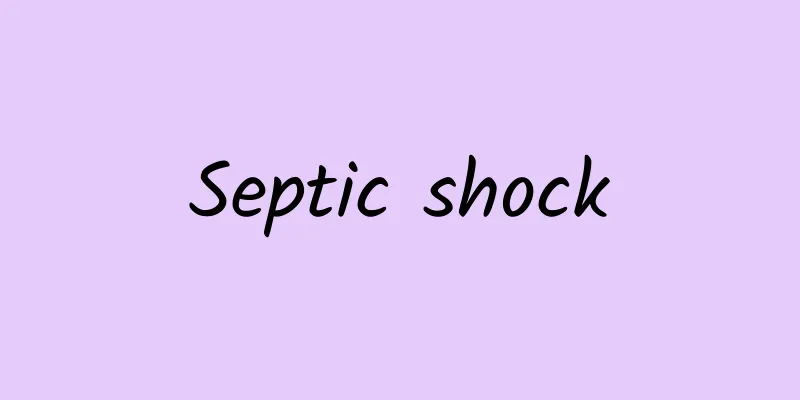What is the difference between bacteria and fungi

|
In the environment we live in, bacteria are all around us, in the air, on daily furniture: tables, quilts, chairs, etc. Under normal circumstances, our own immunity can resist bacterial infection and not cause disease. Compared with bacteria, fungi have more benefits. Some foods in our daily life are made by fermentation of fungi, such as fermentation of bread, fermentation of wine, and some dairy products are also fermented with fungi. Both bacteria and fungi have both benefits and disadvantages. There are differences between bacteria and fungi. Let's introduce the differences between bacteria and fungi in detail below. Difference Between Bacteria and Fungi: 1. Biological Type 1. Bacteria do not have a nucleus surrounded by a nuclear membrane and are prokaryotes; fungi have a nucleus surrounded by a nuclear membrane and are eukaryotes. 2. From the perspective of the number of cells that make up the organism: bacteria are all composed of a single cell and are single-celled organisms; fungi include both single-celled organisms composed of a single cell (such as yeast) and multicellular organisms composed of multiple cells (such as edible fungi, molds, etc.). 2. Cell Structure 1. The composition of the cell wall is different: the main component of the bacterial cell wall is peptidoglycan, while the main component of the fungal cell wall is chitin. 2. The composition of organelles in the cytoplasm is different: bacteria have only one organelle, the ribosome; while fungi, in addition to ribosomes, also have multiple organelles such as the endoplasmic reticulum, Golgi apparatus, mitochondria, and centrosomes. 3. Bacteria do not have a formed nucleus, only a nucleoid; fungi do. 4. Bacteria do not have chromosomes, and their DNA molecules exist alone; the DNA in the fungal cell nucleus is combined with proteins to form chromosomes (chromatin). 3. Cell Size Prokaryotic cells are generally smaller, with a diameter of 1μm~10μm; eukaryotic cells are larger, with a diameter of 10μm~100μm. 4. Proliferation Methods Bacteria are prokaryotes, single-cell organisms that multiply by cell division, and have a unique method of prokaryotic proliferation - binary fission. Fungi are eukaryotic organisms, and cell proliferation is mainly carried out through mitosis. Due to the different species of fungi, their individual proliferation methods mainly include budding reproduction (such as yeast) and spore reproduction (edible fungi). 5. Name composition Although both bacteria and fungi have the word "菌" in their names, the names of bacteria generally contain words such as "球", "棒", "弧", "旋", etc. that describe the bacterial shape, with the exception of lactic acid bacteria (actually Lactobacillus); the names of fungi do not contain this word. We know that plants and animals are made up of cells, and each cell has a nucleus. Among microorganisms, only fungi have a true nucleus and complete organelles, so they are also called eukaryotic cell-type microorganisms; bacteria only have primitive nuclear structures, no nuclear membrane and nucleolus, and very few organelles, so they are prokaryotic cell-type microorganisms; and viruses have no cell structure, so they are native microorganisms. Fungi are widely distributed in nature, with more than 100,000 species, of which only a very small number, about 300 species, can cause infections in humans or animals. Many fungi are beneficial to humans. For example, they can be used in flour fermentation to make soy sauce, vinegar, wine and fermented tofu. Some can be used to produce antibiotics, vitamins and enzymes; some can themselves be used as medicine to treat diseases, such as the traditional Chinese medicine puffball, Poria cocos, Cordyceps sinensis, etc. Fungi can also cause a variety of diseases in animals, plants and humans. In humans, there are three main types: ① fungal infection; ② allergic diseases; ③ toxic diseases. |
<<: What are the symptoms of liver damage?
>>: How to deal with high fever convulsions
Recommend
Diarrhea jet-like
Diarrhea is a very annoying phenomenon, because a...
What are the effects of hand acupoint massage
Acupoint massage is a unique concept of Chinese m...
Treatment of pleurisy
Xiali's weight has been decreasing day by day...
Six-month-old baby's legs are very weak when standing up
When the child is six months old, the adult can s...
Where should I use moxibustion for urethritis?
Urethritis is a common disease of the urinary sys...
Vagina itching recently
A report shows that most women will start to have...
How malaria is transmitted
Malaria is a vector-borne infectious disease caus...
Medical abortion steps and precautions
Nowadays, many young people are afraid of the tro...
Ma Huang Fu Zi Xi Xin Tang for Insomnia
Many people have heard of Ma Huang Fu Zi Xixin De...
High high-density lipoprotein
In daily life, people's diet also needs to be...
What to do if you feel dizzy after smoking
Dizziness caused by smoking is mainly due to brai...
Blood test shows elevated white blood cells
Speaking of blood tests, I believe everyone is fa...
I have a hard pimple.
Acne seems to be a problem that every friend will...
What are the dangers of cervical thread embedding
Nowadays, since people need to use computers and ...
Symptoms of bladder spasms
Many people do not understand what bladder spasm ...









